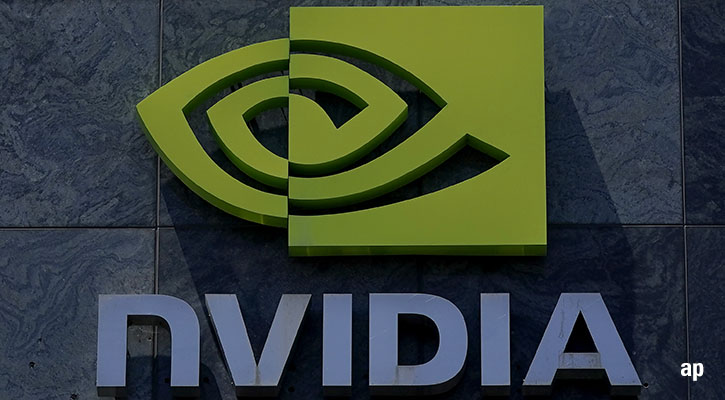
UK multi-asset fund returns rebounded again last year, and strong equity returns did the lifting.
Nevertheless, many funds, and particularly those in the flexible allocation Morningstar Category, struggled to capture the full gains of their benchmarks, with challenges in asset allocation, market timing, and stock selection contributing to underperformance.
What is a Multi-Asset Fund?
As the name implies, multi-asset funds are open-ended funds that invest in a mix of securities: equities, bonds, cash, and alternatives.
Investors typically invest in multi-asset funds to get single, diversified exposure to several markets, and they choose a risk level best suited to their personal risk tolerance and objectives.
Morningstar’s GBP allocation Categories sort multi-asset funds into peer groups that best fit their level of equity-like risk. This system also helps investors compare the performance of individual funds and lets us see how the average fund has fared.
In 2022, all of Morningstar’s GBP allocation Categories—from the most conservative 0-20% equity Category to the most aggressive 80%+ equity Category—lost around 10%. With bonds and equities both falling simultaneously, diversification didn’t sooth the pain. But since the latter part of 2022, UK multi-asset portfolios have been recovering, mainly thanks to the strong performance of equities. All GBP allocation Categories registered positive returns in 2023 and 2024, although the more conservative peer groups barely made up their earlier losses.
The GBP flexible allocation Category, home to less-constrained funds with lots of latitude to change their equity and bond mix, hasn’t dazzled. Many such strategies moved onto a defensive footing during 2022 and remained cautious in 2023, which held back relative performance as riskier assets rallied. In aggregate, flexible managers added to equity allocations during 2024, and sector average net equity exposure is now back in line with its 10-year average. This suggests greater confidence in flexible managers’ outlooks for equity markets.
Have UK Multi-Asset Funds Performed Well?
During 2024, global stocks returned over 19% in sterling terms—led mainly by US stocks rising more than 25%. UK stocks gained a more modest 10.6%. Meanwhile, sterling-hedged global bonds and UK corporate bonds both returned less than cash, and UK gilts lost about 4%. This meant more adventurous allocation categories enjoyed higher returns.
However, the average fund in most of the GBP allocation categories didn’t capture all the gains posted by their Morningstar Indexes, as the chart below shows. Risk-adjusted returns, gauged by Sharpe ratios, are not shown but exhibit the same relationship, with only the most cautious category bettering its index. The same pattern also played out in 2023, with similar causes.
The explanation? Firstly, funds’ costs explain some underperformance against the cost-free index. Asset allocation calls and attempts to time the market also play a role.
The chart below shows the last three years of return contributions in equities, fixed income, and cash to the total performance of the Morningstar UK Moderate Target Allocation Index. This is Morningstar’s benchmark index for funds in the GBP allocation 40-60% equity Category. The index is a composite of several equity, fixed income and cash indexes, with a 50/50 split between equities, and fixed income and cash. Although equities only make up half its weight, their outsized contribution to the Moderate Index’s performance between 2022-2024 underlines the importance of the equity/bond allocation decision.
Using the middle-risk GBP allocation 40-60% equity allocation Category as an indicator, the chart below shows that, in aggregate, funds cut their equity exposure sharply in early 2022. This was a response to market volatility and uncertainty—including the Russian invasion of Ukraine—but managers also saw an opportunity to add to bonds at much more attractive yields than before, and with better diversification prospects. Since 2022, equity exposure has been rising but remains slightly below that of the Category Index.
Is Equity Market Concentration a Good Thing For Multi-Asset Funds?
Another potential pitfall is security selection. In a period where equity returns have been highly focused in a narrow group of US mega-cap companies, the greater underperformance by the more equity-heavy fund categories highlights the challenges of stock selection. This is shown in exhibit 3. It has resulted in ever-greater index concentration, which is tough for stock pickers and multi-asset managers looking for more diversification in their equity risk, or simply those whose investment calls differ greatly from the index.
As well as weighing up the prospective returns and risks for equity and bond markets, many multi-asset managers will find themselves wishing for the same outcome as their active equity fund manager counterparts in 2025: a broadening out of equity market performance!
The author or authors do not own shares in any securities mentioned in this article. Find out about Morningstar's editorial policies.
























